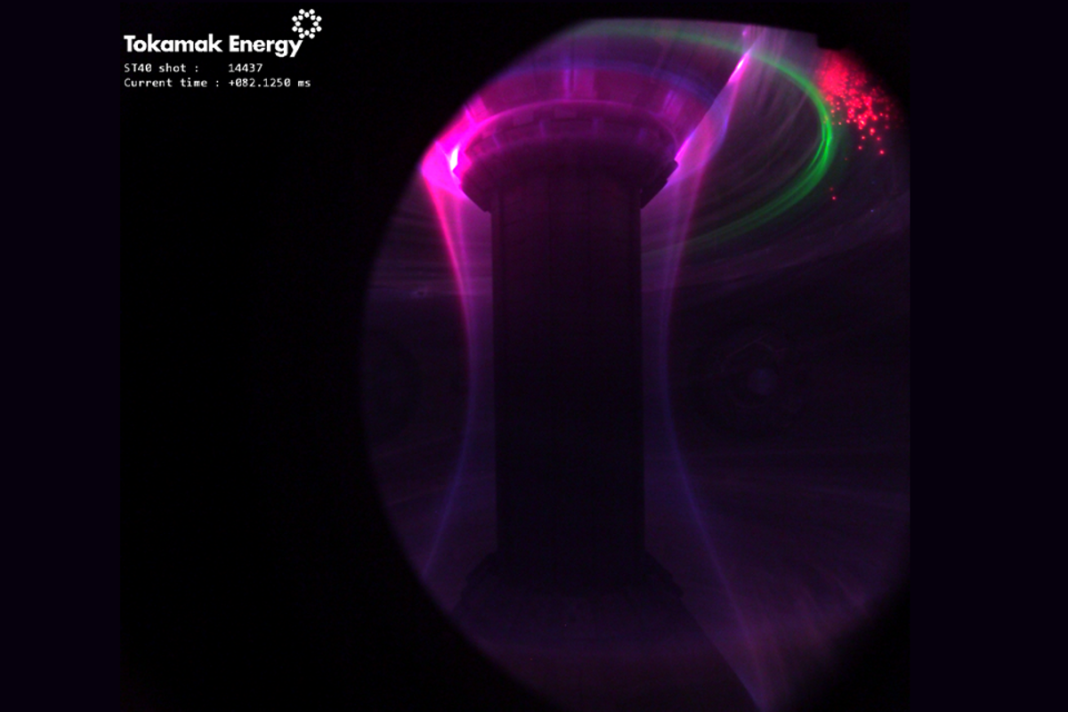Key Takeaways
- UK scientists achieve breakthrough in capturing plasma equivalent to a star on Earth
- New high-speed color camera reveals plasma behavior in unprecedented detail
- $52 million upgrade underway to advance lithium-based fusion research
- Fusion energy could produce millions of times more energy than fossil fuels
British scientists have made landmark progress toward unlimited clean energy by successfully capturing plasma equivalent to a star within a specialized machine. The breakthrough at Tokamak Energy’s Oxford facility represents a major step forward in making fusion power a reality.
Visualizing a Star on Earth
For the first time, researchers have captured images showing the glowing pink plasma reaching tens of millions of degrees. Using a new high-speed color camera, the footage reveals lithium being dropped into the superheated plasma, causing it to glow red and then green as it traces magnetic field lines.
The experiments conducted in the ST40 spherical machine demonstrate how plasma – matter so hot it cannot be contained by solid walls – can be controlled using magnetic fields. The research is being conducted in partnership with both the U.S. Department of Energy and the UK Department for Energy Security and Net Zero.
How Fusion Energy Works
Fusion energy works by heating hydrogen atoms to extreme temperatures until they become plasma. When deuterium and tritium (two forms of hydrogen) are heated hotter than the Sun’s core, they fuse to create helium and release massive amounts of energy.
This process occurs within a tokamak device, which uses powerful magnets to contain the superheated plasma. Fusion is remarkably efficient, producing millions of times more energy per kilogram of fuel than burning coal, oil, or gas.
Scientific Reactions
Stuart White, Tokamak Energy spokesperson, stated:
“We’re very proud to be operating one of the world’s most advanced fusion energy machines at our Oxford HQ. These new images are a striking look into the future, while providing invaluable data for our team today as we partner with governments and businesses to deliver clean, limitless and secure energy through fusion.”
Laura Zhang, Tokamak Energy physicist, explained:
“The coloured camera is especially helpful for experiments like these. It helps us immediately identify whether the gaseous impurities we’re introducing are radiating at the expected place, and whether lithium powders are penetrating to the plasma core.”
The Oxford facility is currently undergoing a $52 million upgrade focused on lithium research, positioning the UK at the forefront of the global race to develop practical fusion energy. This advancement brings humanity closer to achieving that could transform our energy landscape.





